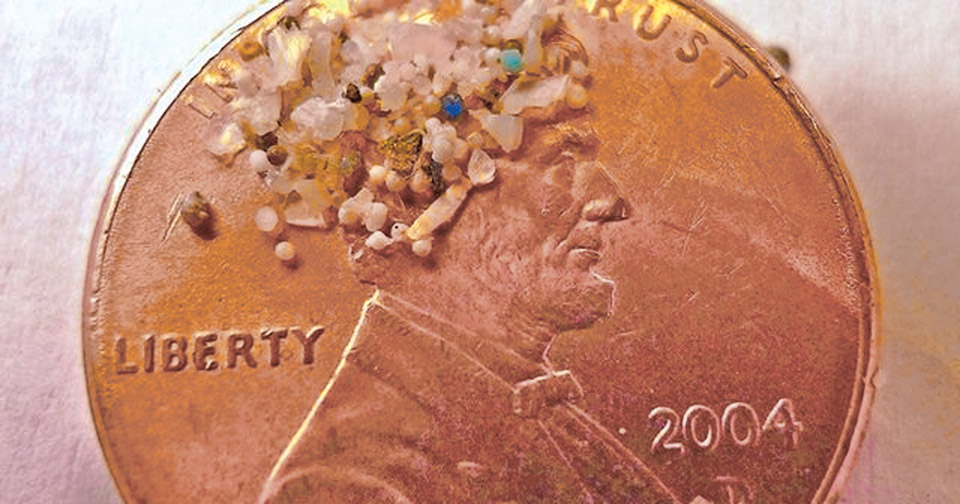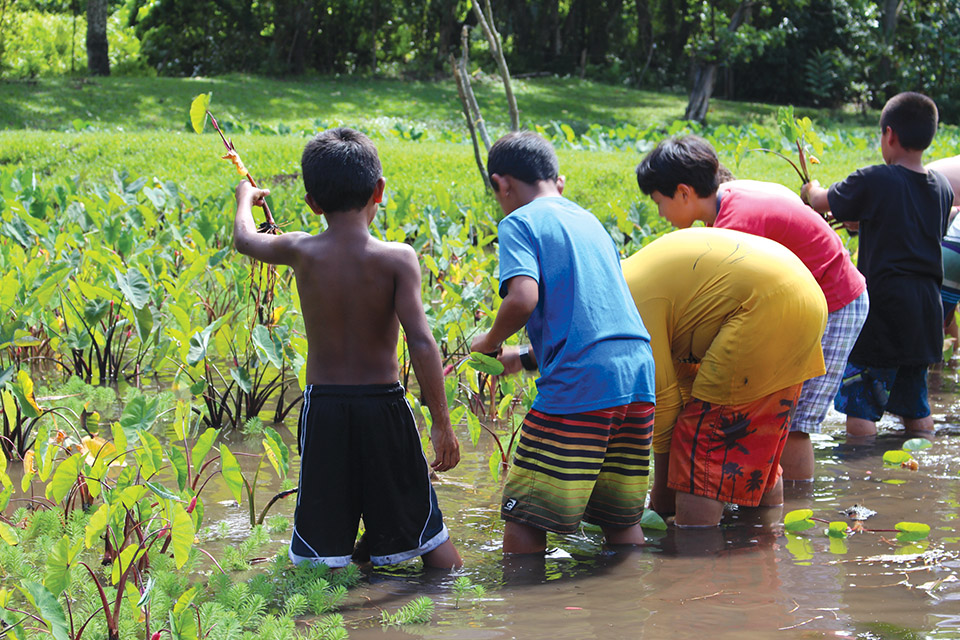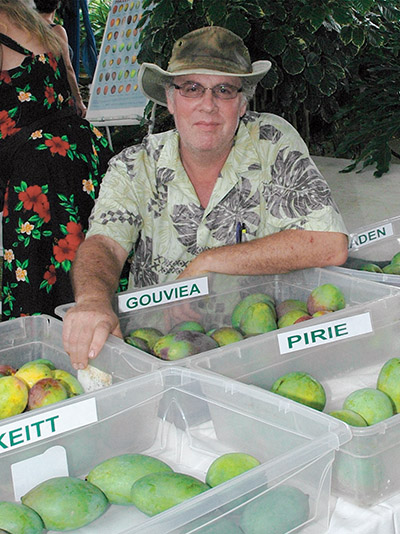
Hawai‘i Island’s Champion: Ed Olson at 87 Years Young
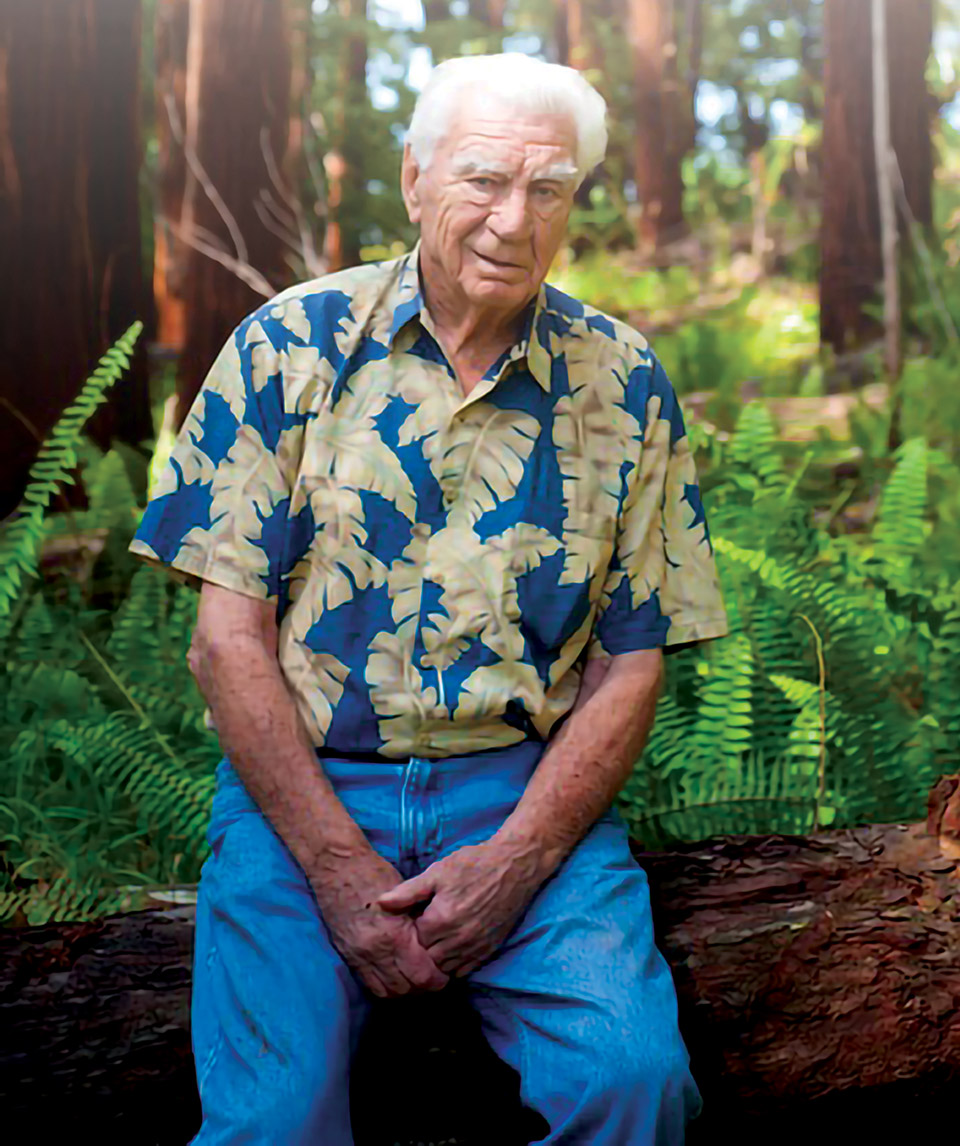
By Leilehua Yuen
Ed Olson first traveled to O‘ahu in 1959. He had come to teach a swimming pool builder how to use some new equipment. “It was about three weeks after statehood, and I fell in love with the island and the people,” says Ed.
“Since then,” Ed continues, “everything has changed.”
Ed recognizes that change is inevitable, however he wants to find a way to mitigate the environmental impacts.
“Certainly the Nature Conservancy is working in that direction. I’m a director for the Trust for Public Land. We work to set aside lands in their natural state. It’s a national organization, but it has a Hawai‘i Chapter. I’ve also set aside some 4,000 acres for conservation so there will be no future development on them,” shares Ed. His passion for preserving land in Hawai‘i was in full view a few years ago when he made a $2 million gift that permanently endowed a state director position for the Trust for Public Land.
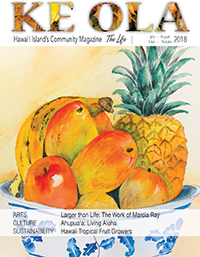
“Preserving nature is not easy. There are a lot of outside forces impacting each piece of land,” Ed says. It is challenging to balance preservation and economic needs, and to coordinate the different approaches of various stakeholders. Ed’s ability to meet these challenges has roots in his childhood.
Born in San Diego, Ed’s memories of California didn’t really begin until he was fifteen. “My mother left my father when I was two and a half years old, so I really never knew my father. My stepfather was a career Navy man, so every three years, a new town, a new school. My education was on the East Coast: Massachusetts, Virginia, Georgia.”
He remembers eastern schools as being conservative. In Georgia, he attended military school where he met youth from all over the eastern United States. During World War II, those who could send their sons to military school did, so that when the boys came of age, they could serve as officers rather than infantry.
He credits a diverse education with developing his broad world view. He loved listening to the many dialects and accents of his schoolmates. “I got a feeling for the country somewhat from listening to their diverse speech and histories.” World events also helped to expand his thinking.
During World War II, women became highly visible in the American workforce. “My mother was a welder; she repaired bullet holes in planes in Virginia.” Watching his mother, Ed developed an appreciation for the benefits of hard work. “As soon as the war ended, my mother moved back to California—she couldn’t wait to get back. She left me in military school.”
Ed finished up the semester. “She [his mother] sent me a letter with the train fare from Georgia to California.” But Ed had a different idea. Some of the seniors had started card games at school. “The seniors were smarter than the younger students. I made the mistake of getting into card games the last week of school and lost half the money. I didn’t call my mother and say ‘Hey, I got a problem.ʻ People didn’t phone much, then. Besides, I knew I’d get in trouble.”
After school let out, “Me and another cadet from Louisiana hitchhiked down as far as New Orleans together. He went home, and I got a Greyhound bus to California. I was lucky enough to still have half the money to pay the bus fare, but it only left me $5 and change to eat for the next four days. It was a long, hungry trip at the age of 15. When I think of things like that, I think it made me a little harder, if that’s a good word to use. I realized at that age that I could take care of myself.” He attributes his success to the strength and positive attitude of his mother.
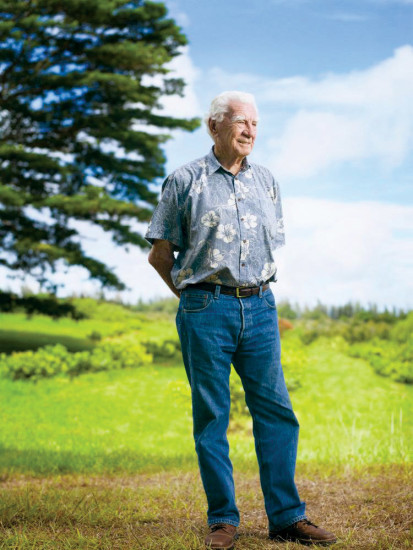
The move to California was good for Ed. “I loved California.” Six years later, Ed was drafted into the Marine Corp. “I spent my 21st birthday in Marine Corps boot camp,” and remained in the Marines for the next four years.
By the late 1950s, he had gotten into construction and had purchased a gunite machine. Gunite is a mixture of cement, sand, and water applied through a pressure hose, producing a dense hard layer of concrete used for constructing buildings and swimming pools. Ed remembers, “The place I bought it from sent a Hawaiian guy over to my place one day to describe it to him. They were trying to sell him one.” The strategy worked. “I went by the factory three or four weeks later and was told he had bought the machine on my advice.” They needed someone to set up the equipment in Hawai‘i because their installer was working on another project.” So, Ed went, installed the equipment, and headed home.
Three months later, he returned to O‘ahu and bought interest in the gunite company. “In the course of my lifetime, I sprayed gunite in 34,000 swimming pools. California, Nevada, Arizona, and, of course, Hawai‘i.” Those who grew up on Moku o Hawai‘i (Hawai‘i Island) may remember the early 1960s when the pali (cliff) area of Hilo and the Keauhou area of Kona were being developed. A number of those homes had free-form pools integrated into the landscape, giving the pools natural rock edges. Ed reminisces that he probably built many of those pools.
Ed was also very successful in business on the mainland. “I was in the self-storage business. It was a great business. We had a 112 locations and each location would take up to 600 customers.” When he sold that business, “I had lots of cash that I invested in Hawaiian land, not with the purpose to make any more money, but to have that money do some good.”
Edʻs business took him throughout the islands. Over time, he purchased various parcels of land, sometimes with partners, with an eye toward preserving agricultural and forest lands for future generations.
He does not suggest his path to others. “I was a wild and crazy kid, that’s all there was to it.” Instead, Ed recommends, “Get an education. I didn’t. I graduated from high school just a few weeks after my 17th birthday. I got by with what I had. But I really think there’s a time to go to college, and that’s right after high school. Through various programs that I’ve set up in the companies I own, I’ve provided a college education for over 105 students.” Those programs had provided up to $10,000 per year in educational grants for the children of employees.
That’s just one of the ways that Ed is positively impacting Hawai‘i. The Edmund C. Olson Trust II was formed and is dedicated to the thriving of Hawai‘i into the future. The Olson Trust invests in sustainable agriculture, manages natural-resource conservation, community development, education, cultural legacy preservation, and renewable energy.
The Olson Trust also owns or co-owns several agriculture and transportation businesses including the Hamakua Macadamia Nut Company, Island Nuts Trucking LLC, Ka‘u Coffee Mill, Ka‘u Farms Management, OK Farms LLC, Palehua Ranch LLC, and Wainaku Ventures LLC.
Here are a few examples of the good Ed Olson has bestowed on Hawai‘i Island:
In 2002, Ed and Troy Keolanui partnered to create OK Farms, named for the first initial in Olson and Keolanui. Troy first met Ed more than twenty years ago, when agriculture no longer held much promise for Hawai‘i’s families. He began helping Ed when they acquired an exceptional 500-acre property along the Wailuku River in Hilo, which had been used for agriculture for more than 100 years. OK Farms specializes in high-quality tree crops such as coffee, macadamia nut, lychee, longan, citrus, cacao, heart of palm, and a wide variety of other tropical fruits and spices. The farm has since doubled in size to more than 1,000 acres. Just outside the farm, Ed provided space for a soccer field, where Troy is the field manager for the AYSO Hilo.
Another of his contributions is the Edmund Olson Trust Archive, housed in Pāpa‘ikou in the old Onomea Sugar Plantation building. The archive is the home to modern original art and high-tech art reproductions, alongside archival historical materials. Before the electronic age, land sales and land titles, employee records, personal and business correspondence, photos, financial transactions, charts, maps, and other materials were documented and handed down from generation to generation, sealed in boxes and closets. When the Trust acquired the building (now the Trust’s headquarters) from C. Brewer & Co., it came in possession of vaults full of such palapala (paper artifacts).

One of Edʻs most inspiring stories is that during the renovations to the building, the materials were being tossed into dumpsters and when he realized what was happening, he was able to have everything recovered and preserved. The Trust has been archiving these valuable documents with the wish to make them available to the public. Their collections trace the history of the Hawaiian Islands from the 1850s and the reign of Kamehameha III through the heyday of plantation commerce, statehood, and the closure of the sugar industry.
Housed next door to the Trust’s headquarters is the Plantation Museum, a nonprofit entity which Ed assisted in creating. [See Ke Ola July/August 2017 issue.]
Having worked 24/7 for the past six decades, now, at 87 years young, Ed is newly married to bride Sami. “I told her I’d better marry her before she got any older,” joked Ed. He is now deciding how to spend his remaining years. Ed’s idea of his legacy is simple. “Hawai‘i is so beautiful; I would like to protect it, that’s all.” ❖
For more information: OlsonTrust.com
Photos courtesy of Troy Keolanui
